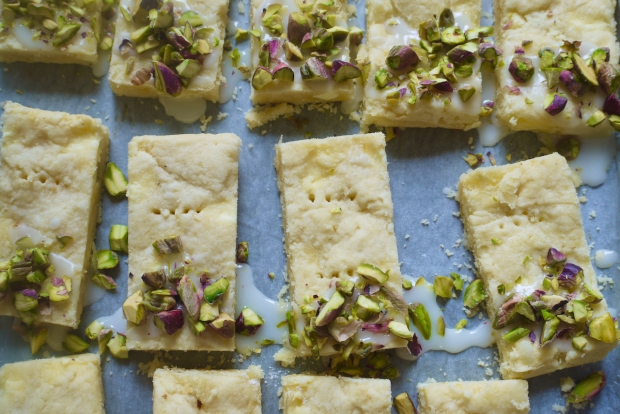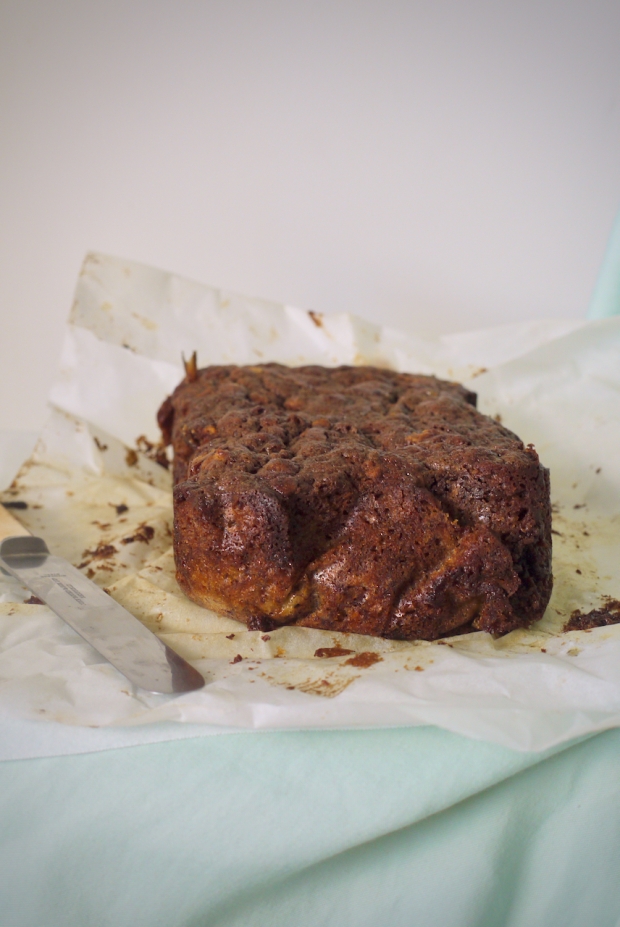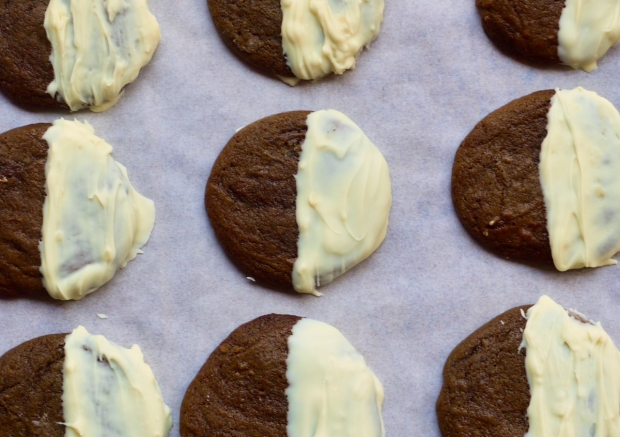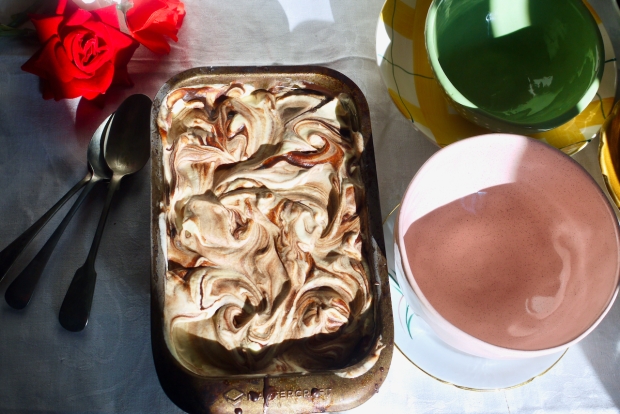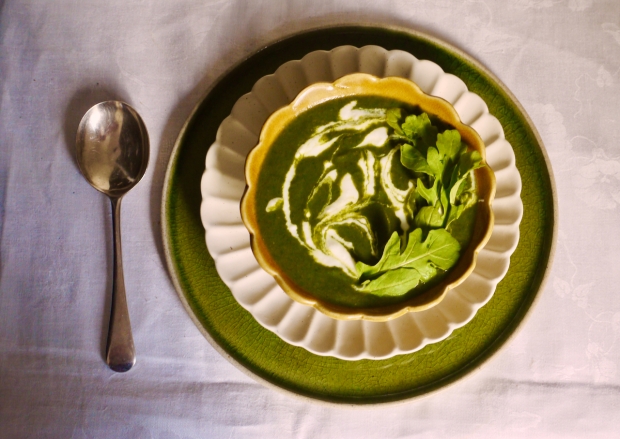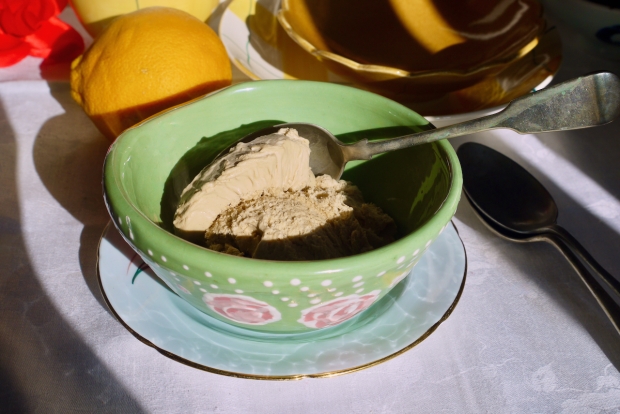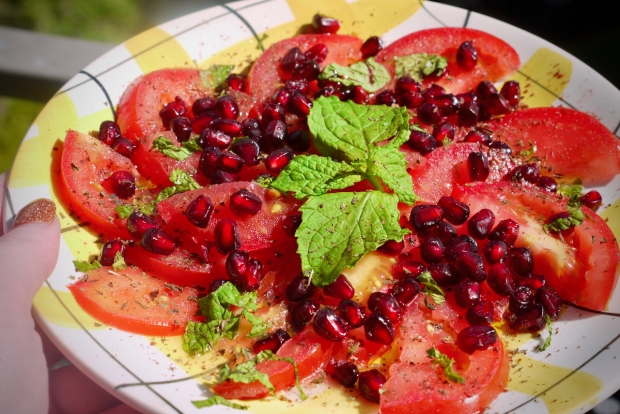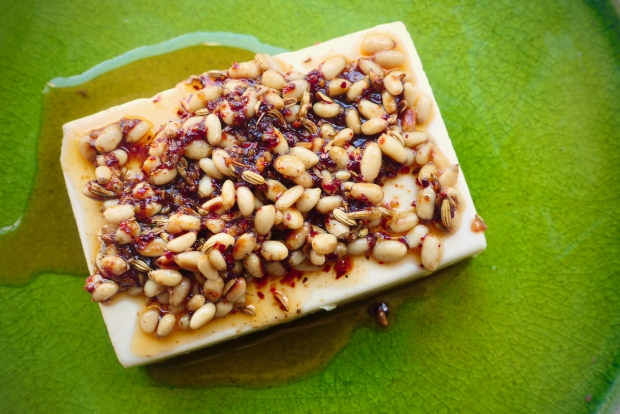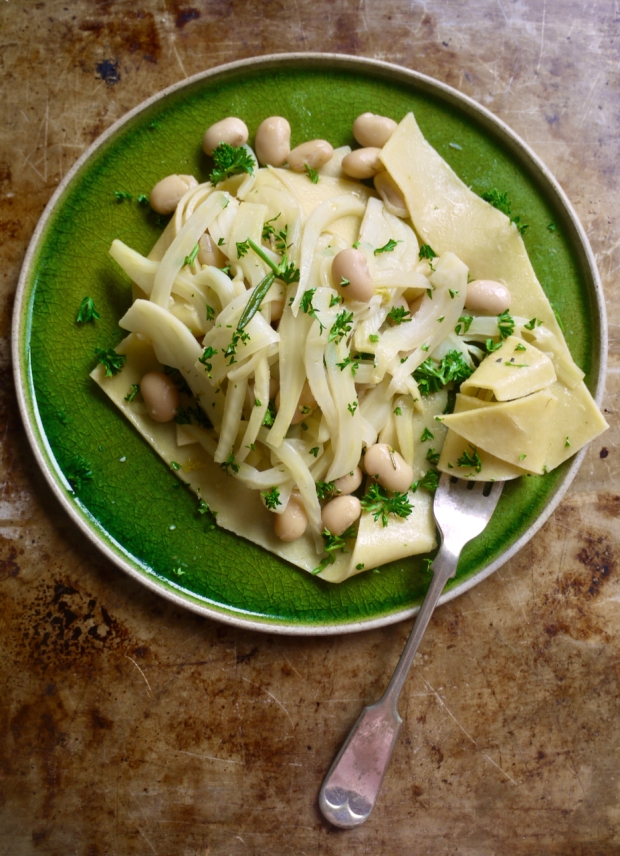
Sometimes I’m not sure who my recipes are for, other than myself. It’s not that they’re so very different, as you can find ice cream and pasta anywhere without vigorous effort. It’s more that they’re neither technically whizz-bang nor weekdayishly practical, on top of which they aren’t arriving with any reliable consistency and when they do, there’s caveats. Caveats like: this Pappardelle with Fennel and Bean Escabeche is too fancy to be truly humble, but too humble to be truly fancy; small children probably won’t like it; it’s as pale as a pile of crumpled cashmere mock-neck sweaters; and it contains four tablespoons of vinegar.

